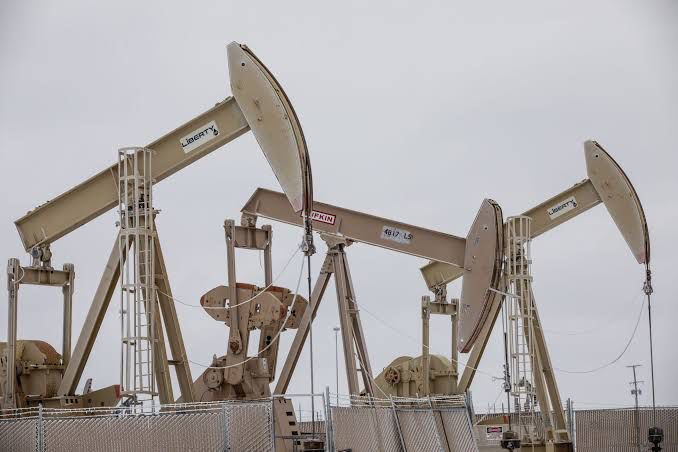The US oilfield services sector is bracing for more job losses as natural gas prices plummet to their lowest level in more than three years.
According to data from the Energy Workforce & Technology Council, the industry lost 4,680 jobs in December, the first decline in four months and a sharp reversal from the 7,700 jobs added in the same period last year.
The council expects more staff cuts in the coming months as natural gas firms, including Chesapeake Energy, Comstock Resources and Antero Resources, slash their drilling budgets and drop rigs and frack crews to cope with weak profits.
Low demand and high supply
The main factors behind the gas price crash are low demand and high supply. The COVID-19 pandemic, which hit the US hard in 2020, reduced the need for gas in power generation, industrial use and exports. At the same time, the shale boom, fueled by cheap debt and technological innovation, boosted the production of gas as a byproduct of oil drilling.
As a result, US gas futures slumped this week to $1.67 per million British thermal units, their weakest close since June 2020. They were down 6% from the previous week and 44% from a year ago.
Impact on the oilfield
The low gas prices have a direct impact on the oilfield services sector, which provides equipment, personnel and expertise to the gas producers. The sector employs about 600,000 workers in the US, according to the council, and accounts for about 40% of the global oilfield services market.
The sector has already faced a wave of consolidation, bankruptcies and restructuring in the past few years, as the oil price crash of 2014-2016 and the subsequent recovery exposed the fragility of its business model. The gas price crash adds another layer of pressure, especially for the companies that operate in the gas-rich regions of the US, such as the Marcellus and the Haynesville.
“It’s going to be an interesting year for the oilfield if you don’t have exposure to oil. For companies in the Haynesville and Marcellus, it will get tough and people will lose their jobs,” said Mark Marmo, CEO of oilfield firm Deep Well Services.
Hope for the future
Despite the bleak outlook, some analysts and industry experts see hope for the future of the US gas market and the oilfield services sector.
They point to the expected recovery of the global economy and the demand for gas as the pandemic subsides, the potential for more US gas exports to Europe and Asia, and the growing role of gas as a cleaner and cheaper alternative to coal and oil in the energy transition.
They also highlight the resilience and innovation of the US oilfield services sector, which has adapted to the changing market conditions by improving its efficiency, reducing its costs and diversifying its offerings.
“The US oilfield services sector has shown remarkable agility and flexibility in the face of multiple challenges. It has a track record of delivering value and solutions to its customers and stakeholders. It will continue to do so in the future,” said Leslie Beyer, president of the Energy Workforce & Technology Council.
Source: Reuters



